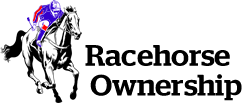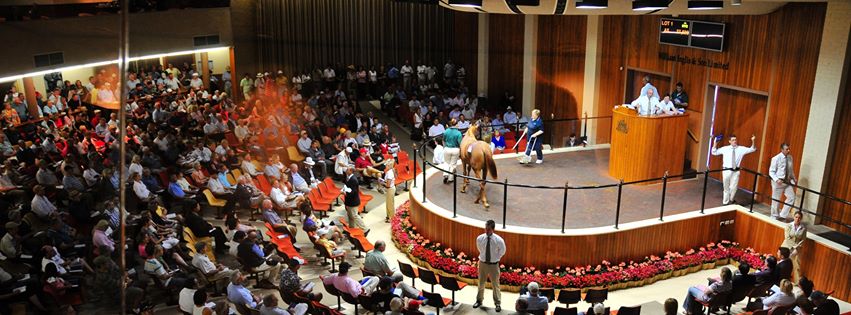What Is A Horse Tax Business?
Easily the most frequently asked question asked of myself and the team at Carrazzo Consulting is: “Are my horse racing/breeding activities a business for tax purposes”?
This is understandable as the answer to this question will determine:
- Whether horse expenses are deductible; and
- Whether a horse activity is eligible for GST registration.
Given that many of you are now in the process of gathering your tax records to do your 2010 tax returns, I thought this was an opportune time to provide you with a current update on this crucial horse tax issue.
For your reference, I list below the primary factors the Australian Tax Office (“ATO”) wants demonstrated for a business of thoroughbred racing/breeding to be accepted:
- whether the activity has a significant commercial purpose or character;
- whether the taxpayer has more than just an intention to engage in business;
- whether the taxpayer has a purpose of profit as well as a prospect of profit from the activity;
- whether there is repetition and regularity of the activity;
- whether the activity is of the same kind and carried on in a businesslike manner such that it is directed at making a profit;
- the size, scale and permanency of the activity.
- existence of a breeding property;
- if the activity started with limited numbers, is their consistent growth in the scale of the activities (e.g. increase in mare numbers and/or foals);
- whether the activity is better described as a hobby, a form of recreation or a sporting activity;
- prior horse industry experience;
- the keeping of proper records;
- the existence of a business plan evidencing long-term viability;
- time expended on the activity;
- are mares being regularly serviced;
- progeny must be sold on a commercial basis;
- stallions used need to have market appeal (commerciality);
- is progeny being regularly sold in order to generate a profit;
- are stallion rights (if applicable) being utilised;
- registration of a business name;
- establishing a separate bank account;
- the use of experts and consultants; and
- does the taxpayer have control of the stock?
N.B. You need not demonstrate all of these factors, however the existence of a horse taxation business is enhanced by the activity demonstrating as many of these factors as possible.
It should also be noted:
- It is very difficult to have a “stand-alone” racing activity (i.e. without integrated breeding activities) accepted as a “business” with the ATO;
- Having the horse activity conducted via a trust or company does not automatically mean it will be accepted by the ATO;
- No longer does a breeding activity need six quality mares to be accepted as a business; and
- An activity with losses can be accepted if it has been the result of “unforeseen events”, e.g. drought, EI, mare infertility, stock injuries/defects/deaths etc.
I hope this provides you with the guidance you need and, importantly, tax savings result for the 2010 tax year and into the future.
You are welcome to contact me if you wish me to clarify or expand upon any of the matters raised in this article.
DISCLAIMER
Any reader intending to apply the information in this article to practical circumstances should independently verify their interpretation and the information’s applicability to their particular circumstances with an accountant specialising in this area.
Prepared by:
PAUL CARRAZZO CPA
CARRAZZO CONSULTING CPAs
22 BLACKWOOD ST,
NORTH MELBOURNE VIC 3051
TEL: (03) 9329 7044
FAX: (03) 9329 8355
MOB: 0417 549 347
E-mail: paul.carrazzo@carrazzo.com.au
Web Site: www.carrazzo.com.au


